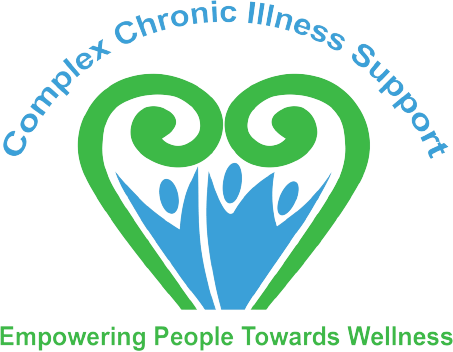Dear Wellington members,
Welcome to October! Our days are getting longer and warmer, which I know many of us are looking forward to. Thank you to everyone that has taken the time to talk to me last month and come to the meetings. It is always lovely hearing how you are all doing, and where you are at in your journey.
We had our team training days in September, which is the time where we plan for next year. We discussed a lot of topics that we thought might be of interest to many of you, and we cannot wait to bring these to you next year!
Talking to many of you recently has got me thinking about how often we ping pong between feeling overwhelmed to feeling totally flat and deactivated. This can sometimes be due to not being able to access our calm state easily. If we can imagine our autonomic nervous system as a slinky (picture of a slinky below for reference), and at either end we have the feeling of being very activated, and the opposite completely shut down. When we experience illness or feel overburdened by stress, we can end up on the shut down end of the spectrum (it feels very hard to get going, we feel quite stuck). What happens then is that our mind, which is such a helpful problem-solving machine, is racing to try and figure out “how do I get out of this”, which can the throw you back to the other end of the slinky spectrum feeling very activated. Often when we are on the activated side of the slinky spectrum, we can end up pushing too hard, and having our own internal pressure build up more and more. We can access both the activation more, and the shutdown mode, but getting to the middle part of the slinky where you are nice and balanced can be really tough. One way we can get out of symptom spirals is learning how to make steps towards that middle part, even when you are experiencing symptoms, or you are not in an optimum environment due to stress. Our brains love practice, and this takes practice. Once you do this repeatedly, it is easier to get back to the middle.
So how do we practice this I hear you ask? Well, helping our brain and nervous system to start associating that stillness is safe, can be a good start. The key is doing little bits at a time (we cannot all live like monks meditating all day), but one way to start is picking 5 minutes to be still (I find helpful to have a timer). Try and embrace this time, and ground yourself whilst doing this. You may even want to add one of the wonderful breathing exercises that Annabelle has on the website, such as this one: https://youtu.be/hvU2k96AfZs
Another way is to intentionally prioritise things that bring you joy and pleasure. This is something that I feel VERY strongly about, because how often do we forsake joyful things for things we feel we SHOULD do instead? Noticing when we have the urge to do all the things, and deliberately doing the opposite can help. Adding a “thing that brings you joy” onto your pacing routing is a good starting point.
I would love to hear of any practices that bring you joy that you have added to your pacing routine. So, as always, please feel free to reach out as it is always great hearing from you.


